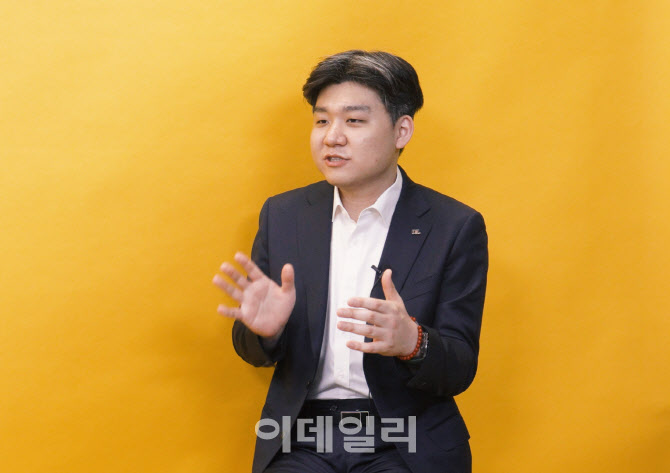Interview with Nam-Seok Cho, Head of the Unmanned Exploration Research Institute
Appearances on YouTube’s ‘Jutalkpia’…”Dramatic Drop in Rocket Launch Costs”
“SpaceX, Innovation through Rapid Decision-Making”
“South Korea, Competitive in Industrial Demonstration Infrastructure”, , ‘[Edaily Reporter Lee Hyera] “The closure rate of space companies is lower compared to the semiconductor or bio industries. This is because many start with conviction and don’t easily give up.”’,
,
,
|
, ‘Nam-Seok Cho, who started the first space exploration rover (exploration robot) development startup in South Korea in 2017, emphasized during his appearance on Edaily’s stock market YouTube channel ‘Jutalkpia’ on the 6th, “Space is a path humanity must take for its future, although it requires patience.”’,
,
, ‘The research institute led by Cho has participated in numerous projects domestically and internationally, including the development of a prototype drone for Mars exploration by NASA. The institute is focused on research and development with the goal of delivering its rover for a Korean lunar lander project in 2032.’,
,
, ‘Cho assessed that the space industry is developing at a faster pace than the public perceives. He noted that during the Apollo project, the U.S. spent 3-5% of its GDP annually, but now private companies can engage in space flight due to significantly reduced rocket launch costs. Lower launch costs have increased opportunities in fields beyond just satellites, like exploration.’,
,
, ‘As the space age approaches, the competition for leadership among countries and companies focusing on technological prowess and experimental speed is intensifying. The strategic differences of space companies from various countries, such as Elon Musk’s SpaceX, Jeff Bezos’s Blue Origin, and Japan’s ispace, were also introduced.’,
,
, ‘Cho highlighted that it was impressive that Japan’s ispace received early investments amounting to 100 billion yen (approximately 9.4 trillion won) from the government.’,
,
, ‘He continued, “SpaceX ventured into another attempt just three months after the eighth test launch failure,” adding, “Rapid decision-making is the driving force behind technological innovation.” He humorously noted that in South Korea, it might have taken two years just for analysis and countermeasure planning.’,
,
, ‘However, Cho also acknowledged the competitiveness of the South Korean space industry. He explained, “South Korea has more commercial opportunities than space strongholds like the U.S., China, and Russia because these countries face export controls and regulations that make it difficult to sell their space robotics products.”’,
,
, ‘He further stated, “South Korea has relatively low trade barriers and well-established state-led test infrastructure, making the environment suitable for commercial validation,” adding, “Thanks to infrastructure and openness, South Korea is well-suited for global cooperation, allowing us to secure sufficient competitiveness in our own way.”‘,
,
, ‘He noted that the upcoming ‘Golden Dome Project’ by the U.S. government is a testament to how close the space age has become. “The concept of ‘New Space’ is spreading globally,” he said, “The space industry is not one that can change everything in a short term. To create a better future for everyone, we need to be a first mover during this time of change. I want to play a role on the front lines,” he expressed his aspirations.’,
,
,


